Grandma’s Pie Crust Recipe
This post may contain affiliate links. Read our disclosure policy.
Learn how to make a pie crust the way Grandma did. Grandma’s Pie Crust recipe with vinegar is buttery, flaky, and takes just a few minutes to make. It’s our long-time family favorite!
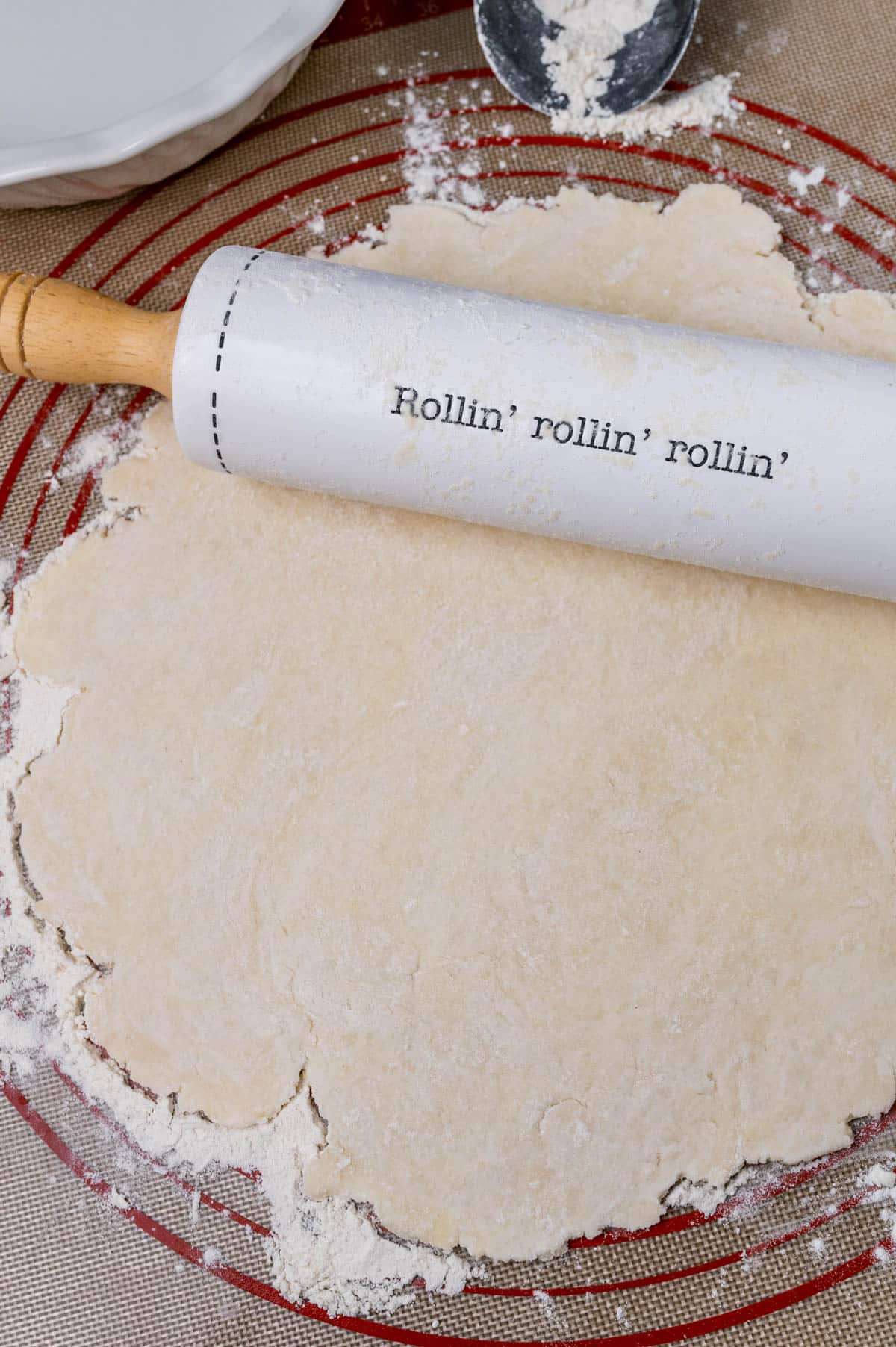
I have always loved homemade pie crust. I grew up with homemade rather than store-bought crusts, so taking the extra time to make Grandma’s perfect pie crust recipe is normal to me.
It’s not that I’m above using store-bought crusts. I’ve used them in the past and will use them again in the future. Everyone needs a shortcut now and then. But there’s nothing like a homemade apple pie or sour cherry pie with flaky pie crust that almost melts in your mouth. To me, it’s the best part of the pie. This pie crust with vinegar will give you those results!
Our grandma’s pie crust recipe.
Today I’m sharing with you Matt’s grandma’s pie crust recipe. It’s been the only pie crust recipe I’ve used since I got married. It was in a family cookbook given to me at our wedding shower.
The little cookbook falls open to this recipe automatically, the pages are worn and have stains from the many years of love it has endured. Don’t you love it when a favorite recipe card looks like that?
What is the secret to a good pie crust?
First, it’s the vinegar. Why would you put vinegar in pie crust? Vinegar in pie dough tenderizes the crust. It’s a secret ingredient!
Second, it’s the cold butter and ice cold water. Cold ingredients make for the best pie crust ever. The butter will melt into the dough while it bakes leaving you the flakiest crust possible. You can even use a chill a bowl in the fridge to help ensure the ingredients are as cold as possible.
Pie Crust Ingredients
- 3 cups Pastry flour. What kind of flour should you use for pie dough? Use all-purpose flour if you’d like. We did for years. But when we switched to pastry flour, we started getting comments on how good our pie crust was. Pastry flour has low protein content which means it doesn’t generate as much gluten as all purpose flour. This means you end up with tender crust which is perfect for pie. A pastry flour crust is a little more of a fragile crust so you have to be careful that it doesn’t tear when you are moving it from the floured surface to the pie pan. If you choose to use all-purpose flour, make sure not to overmix the dough.
- ½ teaspoon salt. I’ve reduced the amount of salt in this recipe from 1 teaspoon down to ½ teaspoon. I’m more sensitive to salt in my old age I guess!
- ½ cup shortening and ½ cup butter. Butter vs Crisco shortening in pie dough is quite the debate. As much as I like using real butter, I’ve found that I like a combination of butter and shortening in my pie crust. Shortening produces a tender, flaky, melt-in-your-mouth crust, but butter produces an awesome flavor. I solve the problem by using some of both. And there’s one other thing. The butter and shortening should be cold. Keeping your fats cold produces a flakier crust. Those fats melt during baking and make flaky layers.
- ½ cup ice water. Use cold water with ice cubes to help keep those fats cold.
- 1 tablespoon white vinegar. Adding distilled vinegar helps to tenderize the crust and also inhibits gluten development, keeping your dough soft. You need just a bit of this and don’t worry…you won’t taste it once the pie is baked. This is the secret to a good pie crust. Apple cider vinegar works as well. Some add vodka to mimic this same effect!
Two Methods to Mix Pie Dough
Before you begin, here are a two different methods for mixing pie dough.
- Pastry cutter and bowl. For years, we used a pastry cutter to cut the cold butter and shortening into the flour. This is a kitchen tool that we got for making scones. It is easy to use for making crumbs out of your flour/butter mixture for pie crusts, streusels, scones and more.
- Food processor. More recently, I’ve been using a food processor to mix the pie dough. It’s amazingly easy. Simply add all of the ingredients to the bowl of a food processor and pulse. Continue pulsing until the dough comes together. Ours takes less than a minute.
Which method is best?
The food processor method is by far the easiest. Plus, it takes seconds and is less messy than a pastry blender.
However, using a pastry blender allows you to have more chunks of butter and shortening throughout the crust, which is how you end up with a flaky crust. The food processor combines it all much more evenly. The crust will still be delicious with a food processor, it will just a have a little different texture.
How to Make Pie Dough
Since the pastry cutter and bowl method is a little more involved, I’ll show you how to make it this way.
- Sift the flour and salt into a large bowl.
- Cut in the shortening and the butter to the dry ingredients until the flour mixture resembles coarse crumbs.
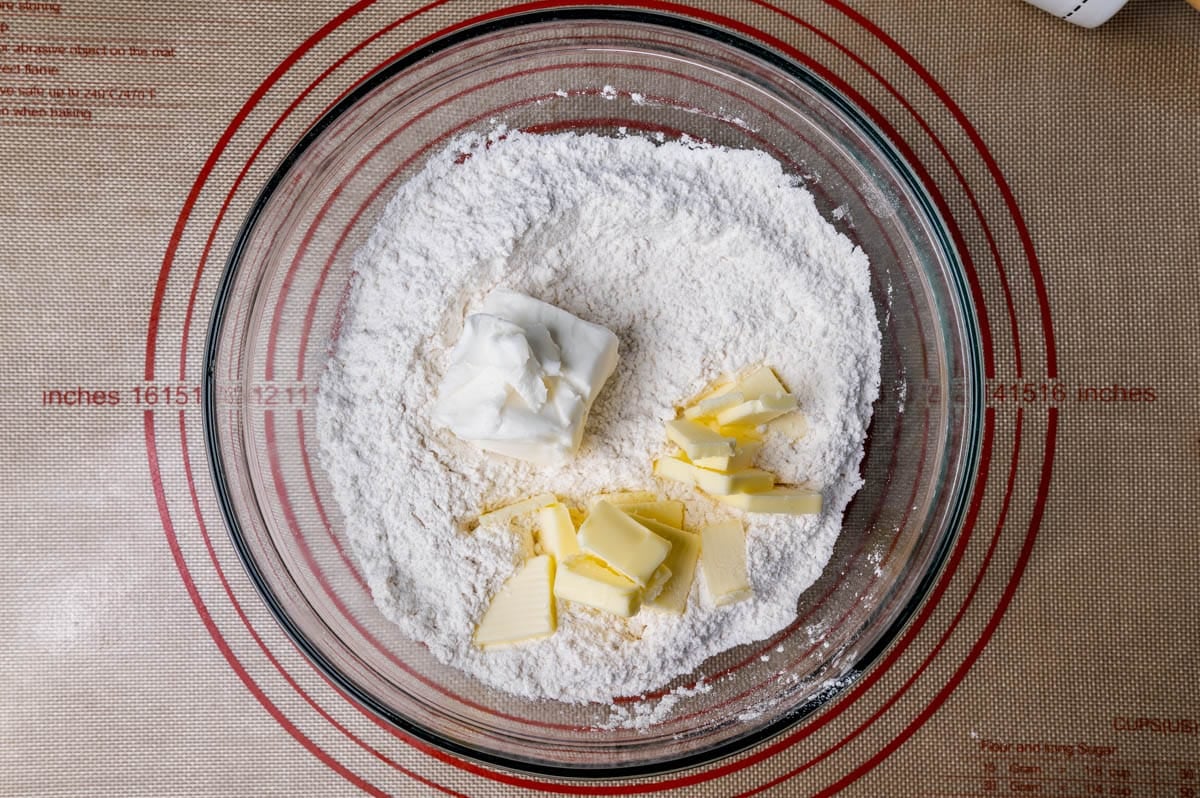
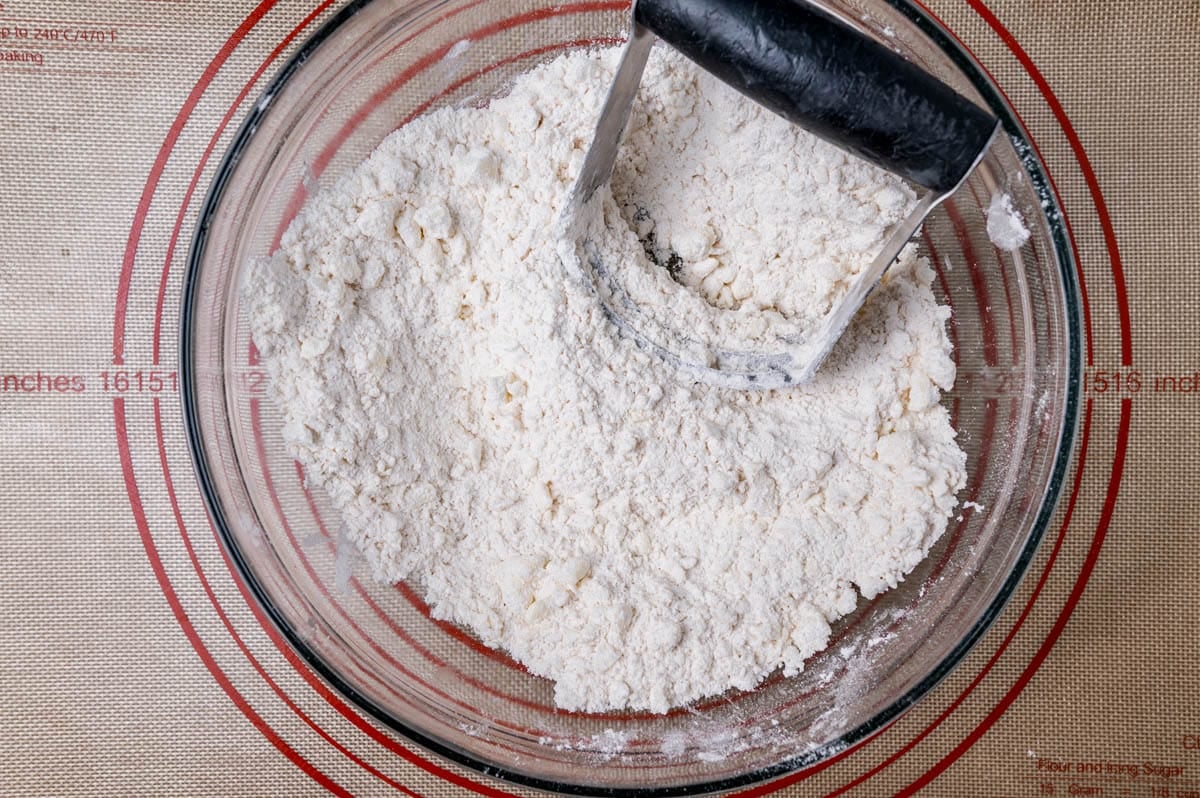
- Mix the water and vinegar together in a cup. Add the mixture to the crumbs and mix until it is in floury pieces.

- Turn the dough out onto a pastry mat and press the dough together just until the dough is combined and holds the shape of a ball.
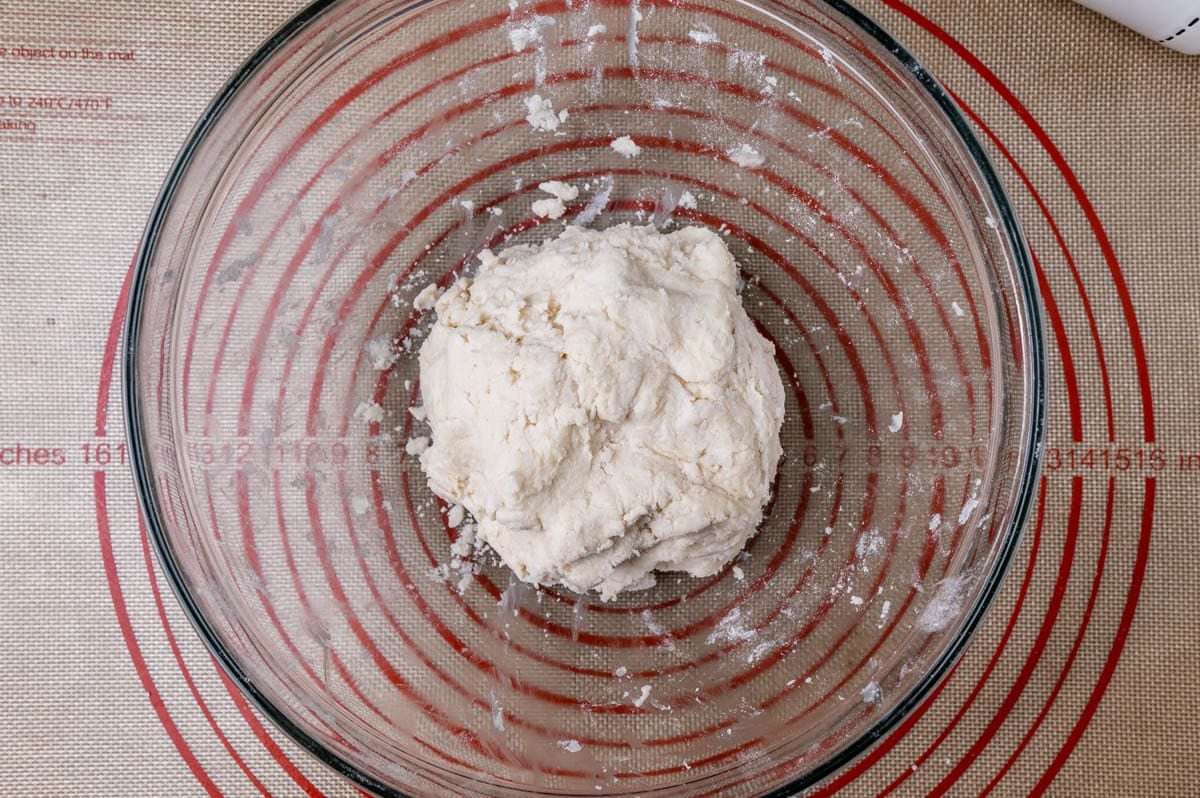
How to Roll Pie Dough
Another kitchen tool we use when making pie crust is our pastry mat. If you use this, you don’t have to clean all that extra flour off your counter after you are finished. Just pick up the mat and rinse it in the sink. Normally I am against using “extra” kitchen tools that are supposed to help the cooking process, but this one really does make life easier.
This recipe makes enough for a double-crust pie or two single crust pies (such as pumpkin pie). Split the dough into two pieces, then roll the dough out on a lightly floured surface using a rolling pin.
- Roll the dough slightly larger than the pie dish you are using so that it can go up and hang over the sides of the pan. You’ll want about a 1 inch overhang.

- Lay the crust in the pie pan and press down lightly on the bottom and up the sides of the pan.
- If you are making just a bottom crust, turn the edge under and use thumbs “flute” the edges of the dough.
- If you are making a double crusted pie, fill the pie, roll out the other half of the dough and lay it over top the filling. Fold the top dough under the bottom dough and use your fingers to crimp or seal it together. Use a fork to poke vent holes in the top crust.
- Then bake according to the fruit pie recipe you are using!

How to Brown Pie Crust
In order to get a pie crust golden brown, you’ll need to brush it with an egg wash. Whisk together 1 egg and 1 tablespoon of water. Then brush the top of the pie before baking. It will end up with a slightly shiny golden brown appearance like you see here. Sprinkling the dough with coarse sugar is always a good idea, too.

Make Ahead Pie Crusts
When the holidays roll around, I like to prep the pie dough a week in advance. To store the pie dough, simply wrap the pie dough discs in plastic wrap.
Refrigerate for up to 5 days or store in the freezer for up to 6 weeks. Allow the dough to thaw in the refrigerator before rolling and making pie.
How to Blind Bake a Pie Crust
Sometimes it is necessary to blind bake a pie crust. That means you are baking an empty single crust pie. One reason to blind bake is when you are making a no-bake pie filling. You’ll need to bake the crust first, then fill the pie and refrigerate.
The other time you might need to blind bake is when you have a runny pie filling. Sometimes pie fillings can make the bottom crust soggy. Blind baking a crust helps to prevent that.
- Preheat the oven to 375º Fahrenheit.
- Place parchment paper over the dough lined pie plate. Fill the pie with dried beans or pie weights and evenly distribute them across the bottom.
- Bake for 15 minutes. Then remove the weights and parchment paper. Poke holes in the bottom of the pie crust and bake again for an additional 7 minutes for a partially baked crust or 12-15 minutes for a fully baked crust. For fully baked, bake until the crust is golden brown.
What to use pie dough for:
Pie crust is the basis for so many of my favorite recipes. It doesn’t matter if the pie is filled with pumpkin, apple or even potato chips (yes, you need to check that one out). But you know what? We mostly make this pie dough for things other than traditional pie.
Here’s one, though….I love using a cookie cutter to make pie crust cookies to dip in pudding, or a whipped cream fruit salad. So much better than using a spoon.
Use excess dough to make a cinnamon thing like my family has done for decades.
You may also love my grandma’s meatballs, her pork chops and gravy and soft sugar cookies.
And next, try our unique oatmeal pie crust.
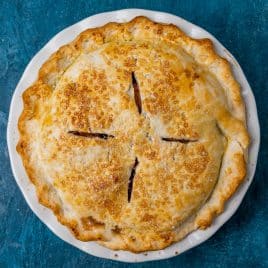

Grandma’s Pie Crust Recipe
Learn how to make a pie crust the way Grandma did. Grandma's Pie Crust with vinegar is buttery, flaky, and takes minutes to make. It's our long-time family favorite!
Servings 8 servings
Prep Time 10 minutes
Total Time 10 minutes
Ingredients
- 3 cups pastry flour or all-purpose flour, 390 grams
- 1/2 teaspoon salt 2 grams
- 1/2 cup shortening 95 grams
- 1/2 cup cold unsalted butter 4 ounces
- 1/2 cup ice cold water 4 ounces
- 1 tablespoon white vinegar 14 grams
Instructions
- Sift the flour and salt into a large bowl. 3 cups pastry flour, ½ teaspoon salt
- Cut in the shortening and the butter to the dry ingredients until the flour mixture resembles coarse crumbs. ½ cup shortening, ½ cup cold unsalted butter
- Mix the water and vinegar together in a cup. Add the mixture to the crumbs. Mix together just until the dough is combined and handles well. ½ cup ice cold water, 1 tablespoon white vinegar
- Sprinkle flour on the counter before rolling out the dough. Split the dough into two discs.
- Roll out one disk on a floured surface. Roll the dough about 1 an inch larger than your pie pan.
- Lay the crust in the pie pan and press down lightly on the bottom and up the sides of the pan.
- If you are making just a bottom crust, turn the edge under and use thumbs "flute" the edges of the dough.
- If you are making a double crusted pie, fill the pie, roll out the other half of the dough and lay it over top the filling. Fold the top dough under the bottom dough and use your fingers to crimp or seal it together. Use a fork to poke vent holes in the top crust.
- Bake according to your pie recipe. This recipes makes enough for a double crusted pie.
Video
Notes
*If you are freezing the pie dough, wrap the dough discs in plastic wrap, then place them in another airtight container such as a ziploc bag. Freeze for up to 6 weeks.
Refer to the article above for more tips and tricks.
The calories shown are based on the recipe being served to 8 people, with 1 serving being ⅛ of the dough. Since different brands of ingredients have different nutritional information, the calories shown are just an estimate. **We are not dietitians and recommend you seek a nutritionist for exact nutritional information. The information in the nutrition box are calculated through a program and there is room for error. If you need an accurate count, I recommend running the ingredients through your favorite nutrition calculator.**
Nutrition
Serving: 63g | Calories: 368kcal | Carbohydrates: 32g | Protein: 6g | Fat: 25g | Saturated Fat: 11g | Polyunsaturated Fat: 5g | Monounsaturated Fat: 8g | Trans Fat: 2g | Cholesterol: 31mg | Sodium: 148mg | Potassium: 167mg | Fiber: 5g | Sugar: 0.2g | Vitamin A: 359IU | Calcium: 19mg | Iron: 2mg


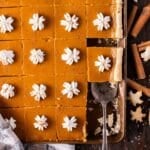
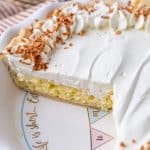
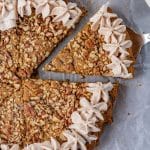
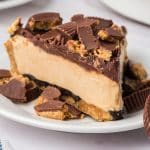
I’ve been searching for a recipe like my Grandma’s. I know my Mom didn’t use vinegar. My crusts always come out tough. The answers are here; vinegar, and pastry flour, and don’t overwork the dough. I know she used shortening. Thank you!
how big will this crust be
Could you give me the weights for the double pie crust recipe? PLEASE
what kind of shortening do you use for pie dough
Looking forward to making this pie crust recipe. Thanks for sharing.
Seriously the Best Pie Crust Ever! Flaky, tender delicious! Used it to make a chicken pot pie. This recipe is Similar to one my Mom made with vinegar, butter & shortening but never used pastry flour before and it really made a difference! I wish I could master making those perfectly round crusts – mine were misshapen but they still worked. No more looking for the perfect pie crust. This is it!
Hi everyone…. I have two questions…. What is shortening? And can you please add the exact proper weight measurements instead of cups km or ounces …. Who does a half a cup of butter …. Really?
Wondering why you are using butter and ‘shortening’ as I understand all fats are classed as shortening when baking. Margarine, butter, lard, dripping, suet- but then I am in Australia and that’s my excuse. So what would you class as shortening for this recipe?
Hi, Thank you for sharing this wonderful recipe, can you freeze before baking?
After seeing the eater and vinegar mix i noticed my dough was super watery. At that point I realized I doubled the amount of shortening so I had to go ahead an double everything else. Now have twice the amount of dough I wanted. I say all that to ask what do I do with the extra dough?
is pastry flour always whole wheat
Can this recipe be double, for a two crust pie?
This recipe is absolutely perfect. I’ve been making pie crust for 60 years. Always used my grandmothers recipe. a few tweeks over the years. I started adding vinegar (reluctantly) a few years ago. Hope your new bakers use your recipe from the first pie on.
Can u use this for fried pies ????
Your crust is much like mine, but for beginners, when you add the water to the crumbs don’t over work the dough. I add 1 egg plus the vinegar to the water, mix that up well before adding it to the crumbs. My crust is almost to flaky to make tarts.